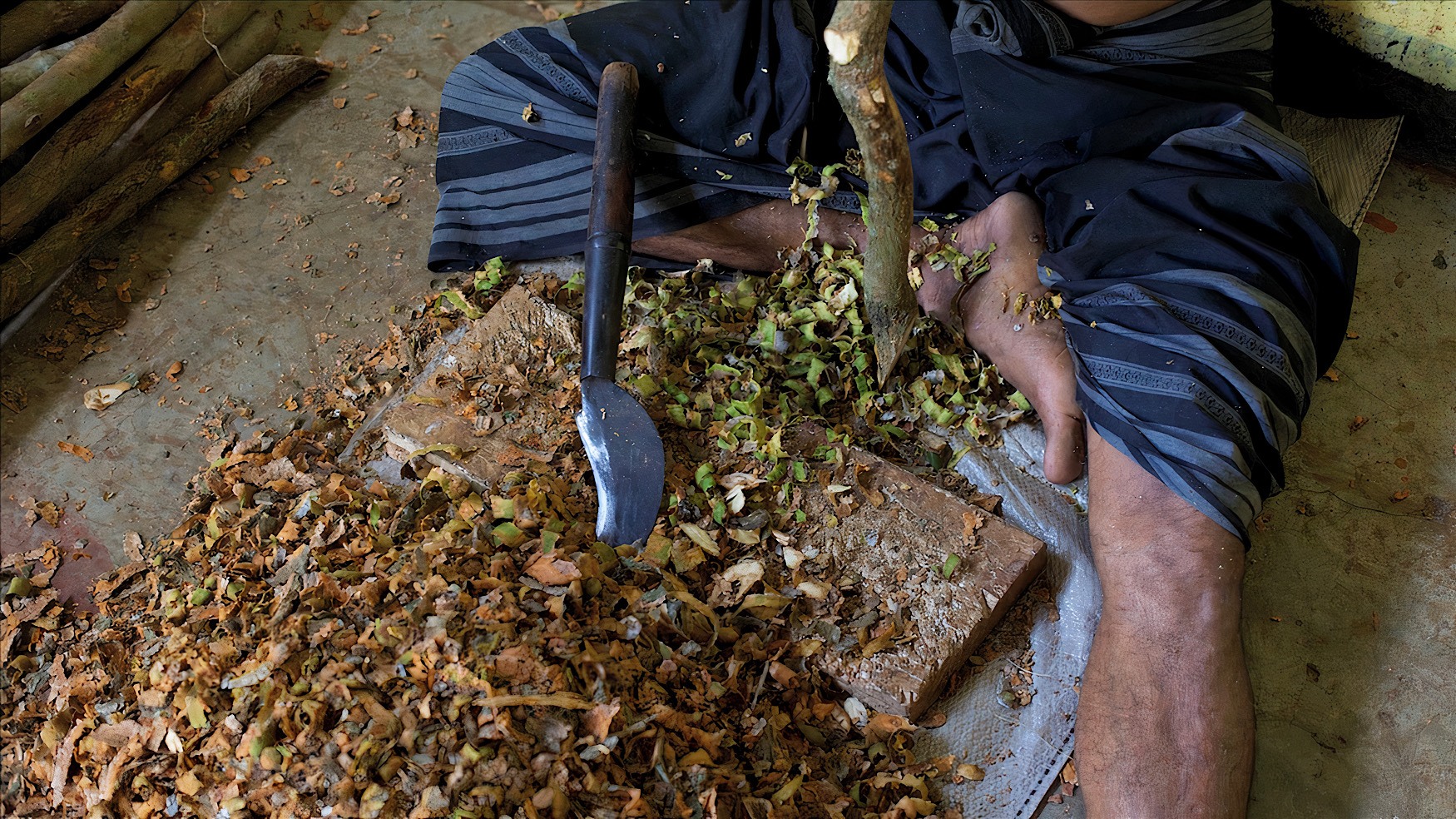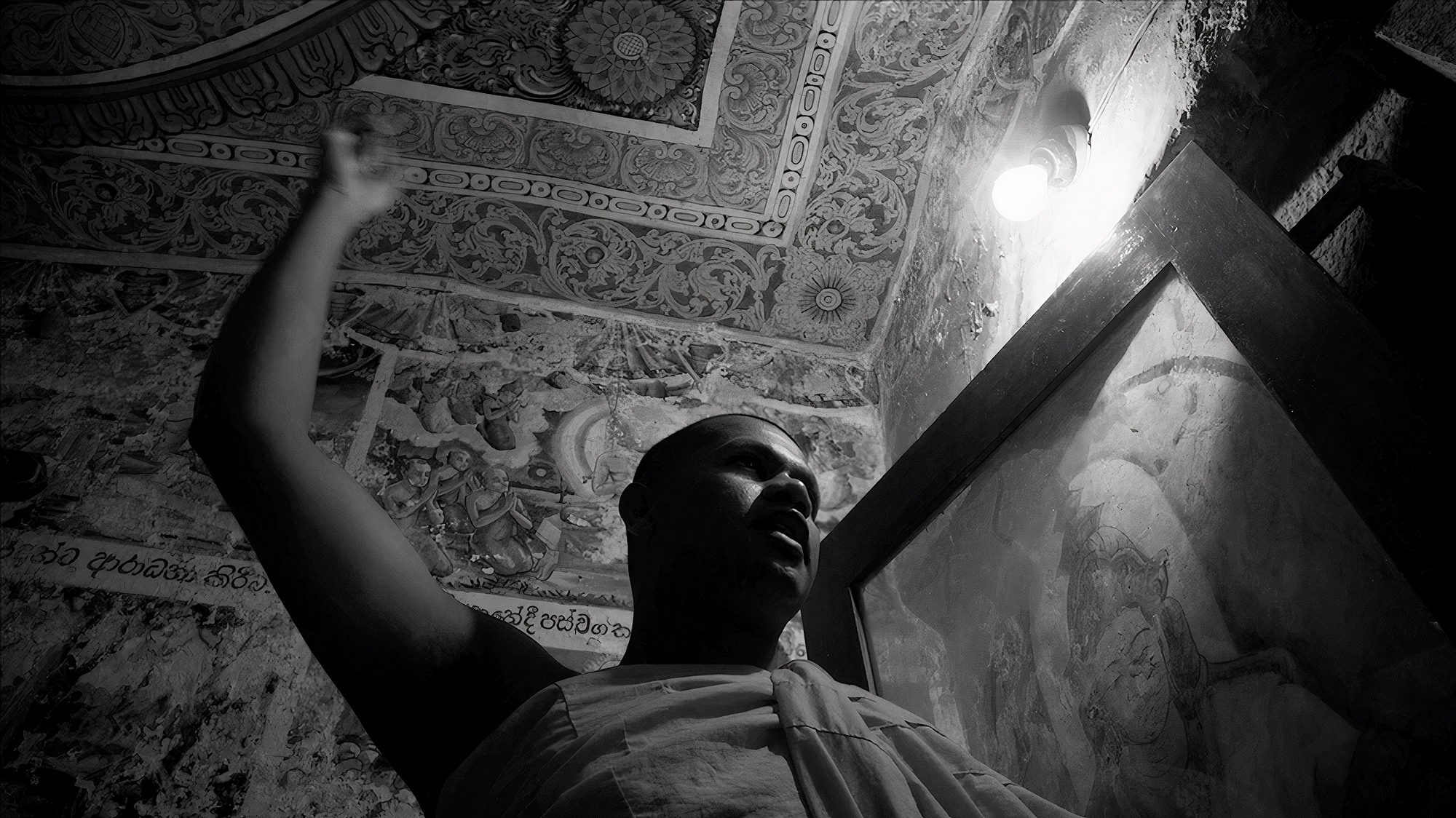

Transcript and translations
Language
Subjects discussed
That shows that Baddegama area would have been a key place
In historical times, there was no village called Baddegama. There is a Rajamahavihara in this village. That shows that the Baddegama area would have been a key place you see, otherwise, there is no reason, with the sponsorship of the kings, to put up a Rajamahavihara. At the same time, there was the great seat of learning, Thotagamuwa Vijayabapiriwena . And the story goes that rice produced in these areas we call Baddegama, then Sahalgamuwa, which means the “rice village”, was to supply the Thotagamuwa Vijayabapiriwena with rice. Then the Dutch came. The biggest plantation in this country would have been cinnamon and the biggest tax they levied was the cinnamon tax. “Badda” means tax and so this area got the name “Baddegama”, a tax-paying area. Then Sahalgamuwa…quietly…that was dropped. It became, the popular name, Baddegama. So that is how these places have got their names. They have associations with history. Now our history book is the Mahavamsa, no? I didn’t read the whole thing, but there is a reference to – well I thought this is interesting information because you can collect something about your village, it’s very useful and very…happy, no? The reference was Sahalgamuwa… Salgamuwa. And the prathimahavihara is also Salgamuwa. I was really happy. Because though poor and undeveloped, this village has a historical background.”



Comments
Leave a comment